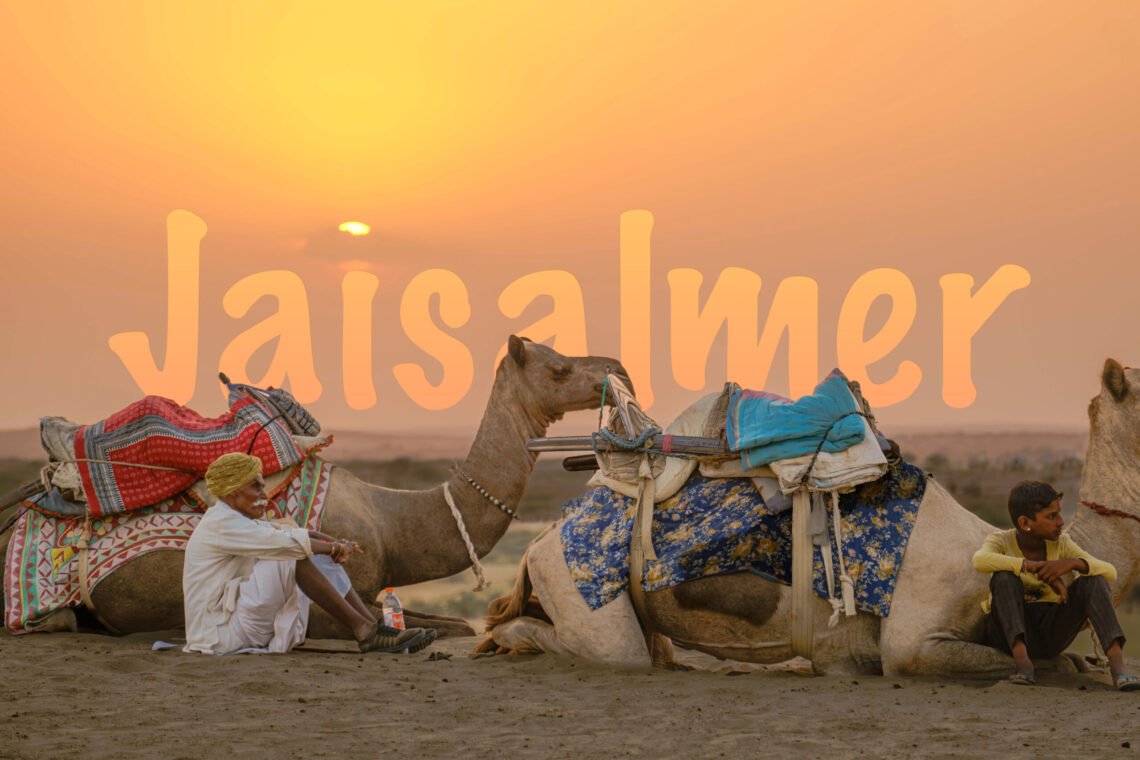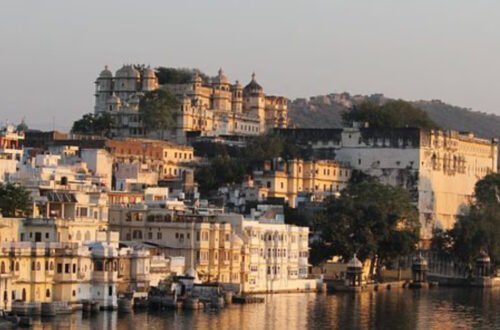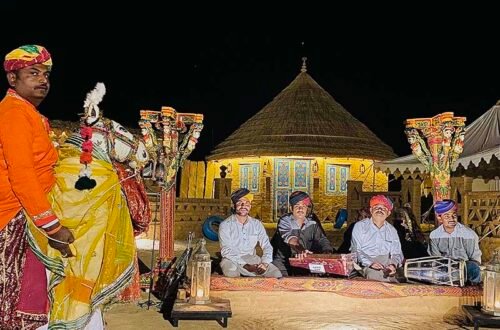Jaisalmer Fort, often referred to as Sonar Quila or the Golden Fort, is one of India’s most iconic heritage landmarks. Rising dramatically from the Thar Desert, this fort captivates travelers with its golden sandstone walls that shimmer under the Rajasthan sun. It’s not just a monument—it’s a living fort where people still reside, work, and preserve centuries-old traditions. The fort’s enduring popularity isn’t accidental. It’s a result of historical depth, intricate architecture, vibrant culture, and the desert experience that surrounds it. Those visiting this marvel often stay in a camp in sand dunes jaisalmer to fully immerse themselves in the regal desert atmosphere.
A Living Fort Unlike Any Other
Unlike many other forts in India, Jaisalmer Fort is not just a relic of the past. It’s alive. More than 3,000 people call the fort their home, and generations of families have lived here since the time of the Bhatis, the Rajput rulers who built it in 1156 AD. You’ll find shops, homes, temples, and cafes woven into its alleys, creating a rare blend of ancient architecture and everyday life. Walking through its narrow lanes, you witness artisans carving wooden doors, locals cooking traditional Rajasthani meals, and kids playing near Jain temples that are over 800 years old.
Remarkable Architecture and Engineering
One of the fort’s most notable features is its architectural brilliance. Built from yellow sandstone, the fort reflects a golden hue during sunrise and sunset, making it appear as if it’s glowing. This visual magic gives it the nickname “Golden Fort.” The massive structure is bolstered by 99 bastions, most of which were constructed in the 15th century. These bastions have helped the fort withstand multiple invasions.
The fort’s layout follows the natural contours of the Trikuta Hill, allowing it to blend seamlessly into the landscape while providing strategic advantages. Narrow lanes, curved alleyways, and smart water management systems reveal an engineering foresight that remains impressive even today.
Rich Cultural Tapestry
Jaisalmer Fort isn’t just about walls and gates; it’s a center of Rajasthani culture. From hand-embroidered textiles and mirror work to traditional instruments like the kamayacha and dholak, the fort pulses with artistic energy. The fort has several old havelis, such as the Patwon Ki Haveli and Nathmal Ki Haveli, which showcase intricate jharokhas, balconies, and stonework that took decades to complete.
Folk musicians often perform inside the fort, adding a soundtrack to your exploration. Traditional puppet shows, regional cuisine, and artisanal handicrafts contribute to the cultural richness that keeps visitors enchanted.
Spiritual Significance
The fort houses several important religious structures, including a group of beautifully carved Jain temples dating from the 12th to the 15th centuries. Built using the same golden sandstone, these temples are dedicated to Tirthankaras and feature impressive domes, finely sculpted pillars, and detailed latticework. These temples are still active places of worship and are maintained by the local Jain community, reflecting the deep spiritual roots of the fort’s residents.
Spectacular Views of the Thar Desert
Jaisalmer Fort offers panoramic views of the vast Thar Desert. The view from the ramparts stretches across miles of dunes and settlements, especially magical during sunrise and sunset. This dramatic scenery attracts photographers, filmmakers, and travelers who want to capture the spirit of Rajasthan.
Visitors often choose to extend their stay in the desert, booking accommodations like jaisalmer desert tents to experience the rustic charm, camel rides, and traditional Rajasthani performances under the open sky.
Strategic Historical Relevance
Built at the crossroads of ancient trade routes, Jaisalmer Fort played a major role in facilitating trade between India and Central Asia. Its wealth and importance stemmed from taxing caravans that passed through, making it a powerful city-state for centuries. Its strategic location made it a point of interest for multiple invaders, but its defenses and natural elevation helped it resist repeated attacks.
The stories of bravery and battles echo through the fort’s corridors, told by local guides and visible in preserved cannons and watchtowers. It stands today not only as a monument but as a historical witness to centuries of regional politics, wars, and diplomacy.
Hospitality Rooted in Royal Tradition
Jaisalmer Fort is more than just a destination; it’s an entry point into Rajasthani hospitality. The city below and around the fort has adapted to offer authentic experiences without losing its roots. Boutique heritage stays, desert camps, and local tour guides all reflect the royal ethos of welcoming guests.
One popular option for travelers is the luxury swiss tent in jaisalmer, which blends comfort with traditional styling. These tents offer an authentic yet luxurious way to experience the desert lifestyle, especially for those looking to enjoy local food, music, and starlit skies.
A Center for Festivals and Events
The fort becomes even more alive during festivals. The Jaisalmer Desert Festival, held annually in February, transforms the region into a cultural carnival. The fort serves as a backdrop for camel races, folk dances, turban tying competitions, and puppet shows. It attracts both Indian and international tourists, contributing to its status as a top destination.
These events also serve an important role in preserving local traditions and promoting sustainable tourism. Artisans, musicians, and performers gain a platform to share their work with a global audience, creating a cycle of cultural continuity and economic support.
Commitment to Preservation and Sustainability
One of the challenges of a living fort is preserving its structure while supporting the daily lives of its residents. Local authorities and conservationists have launched initiatives to manage water drainage, regulate traffic, and protect ancient carvings from pollution and wear. Awareness campaigns encourage tourists to respect the heritage and contribute to its sustainability by choosing eco-friendly options and respecting local customs.
Preserving Jaisalmer Fort is a shared responsibility, and its future depends on mindful tourism and community engagement.
Final Thoughts
Jaisalmer Fort continues to draw travelers not just for its beauty, but for the richness of life it encapsulates. From its sandstone walls and historic gates to the local markets and breathtaking desert views, it represents a dynamic intersection of history, culture, and modern tourism. Whether you’re walking through ancient temples or enjoying a quiet night in a desert camp, the fort’s magic stays with you. It isn’t just a place—it’s an experience that lingers long after you leave.





